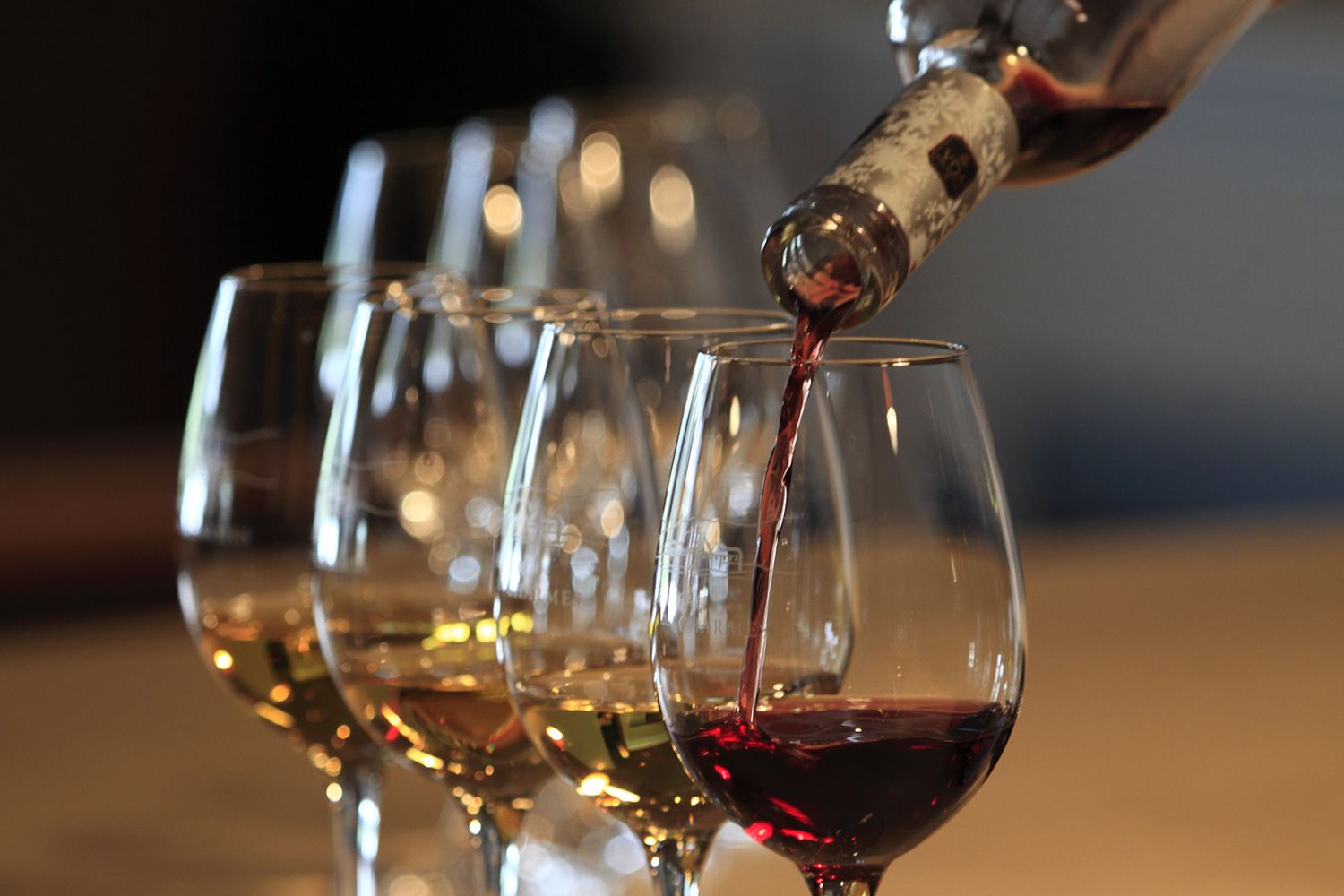Over the years, due to the inconsistency in the quality of table wine, fortified wine has come to the fore. In addition, a notable development of fermentation equipment and a simple process for storing these products in wine barrels have resulted in wines of the highest quality.
However, it is pertinent to note that manufacturers are currently facing additional pressures from health and wellness trends, premiumization, and competition from other categories of alcoholic beverages. Innovation and change thus emerge as a key to survival and success in the fortified wine market.
Fortified wine market: competitive landscape
Major players in the fortified wine market include Albina & Hanna, Davide Campari-Milano S.p.A., Backsberg Estate Cellars, E & J Gallo Winery, Indage Vintners Limited, Vinbros and Company, Bacardi Limited, and Into Wine. Some of the important developments in the competitive landscape of the fortified wine market are:
- In November 2019, Davide Campari-Milano announced that it had entered into exclusive negotiations for the acquisition of Baron Philippe de Rothschild France Distribution SAS Milan, a former distributor in France. Gruppo Campari has also undertaken to acquire the capital of Target, which is currently 100% owned by the latter company.
- In May 2019 Bacardi announced the launch of its new version of the Martini Asti sparkling wine in the British market. The new product has flavors of fresh pear and pineapple with notes of grape, melon, and peach.
Key factors affecting the growth of the fortified wine market high-quality
Interest in culture and the pleasures of food and wine is growing
Fortified wines are known for their lasting contribution to the global wine industry. Today, the rise of the digital age and the rapid spread of social media has increased access to information, leading to the widespread wine culture in different parts of the world.
Port wines are more widely consumed compared to other types of fortified wines, including sherry, in part due to the discovery of drier Port wines by wine collectors and a gradual shift from sweet to drier varieties.
The market keeps an eye on emerging trends
The emerging era of wellness and the trend of conscious consumers coupled with the trend toward convenient yet high-quality products are causing a sea change in the alcoholic and non-alcoholic beverage industry. With the growing demand for ready-to-drink (RTD) alcoholic beverages, fortified wine producers are focusing on accommodating new packaging trends for alcoholic beverages, especially canned wine.
Such a strategic decision should attract a new generation of consumers and diversify the possibilities of wine consumption. As cocktail culture takes hold and consumers increasingly shift from basic wines to fortified luxury wines, market players must use innovative integrated approaches to define new marketing strategies.





























